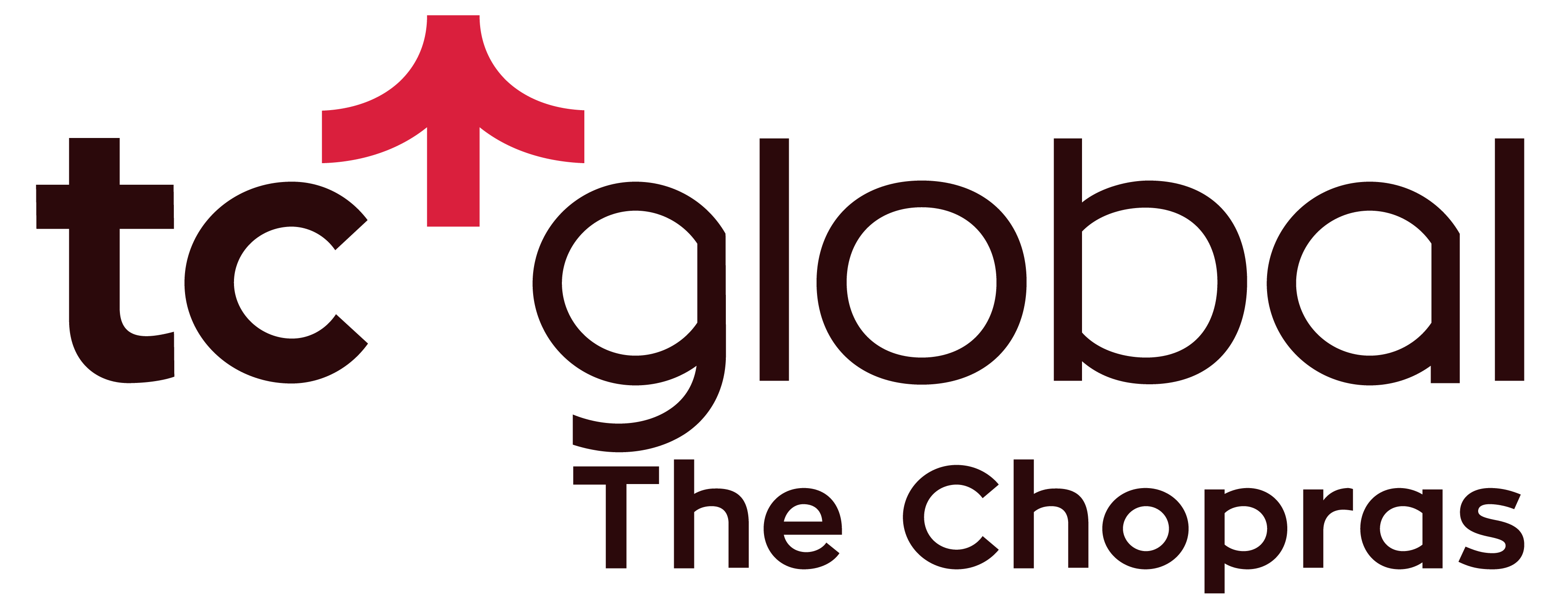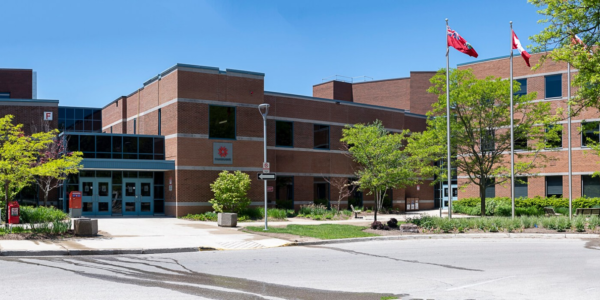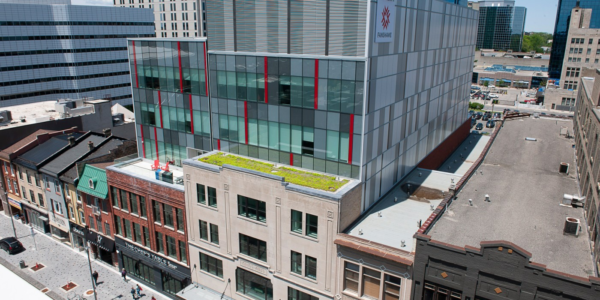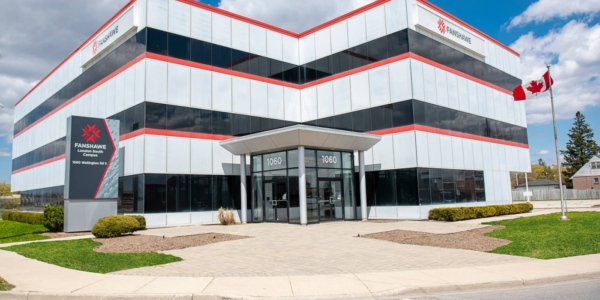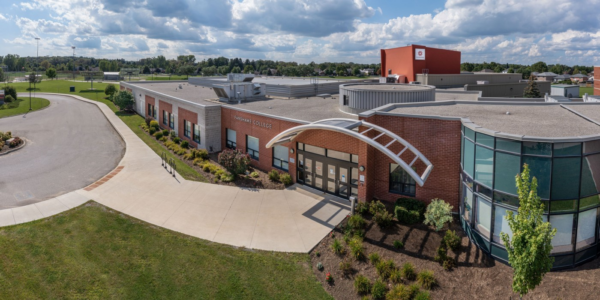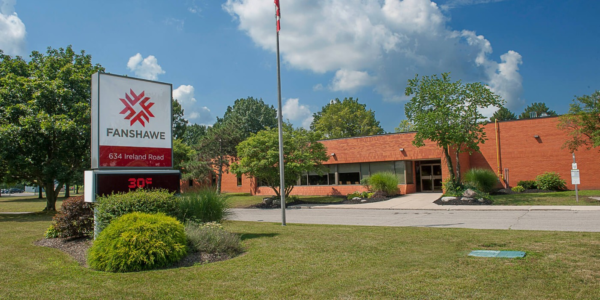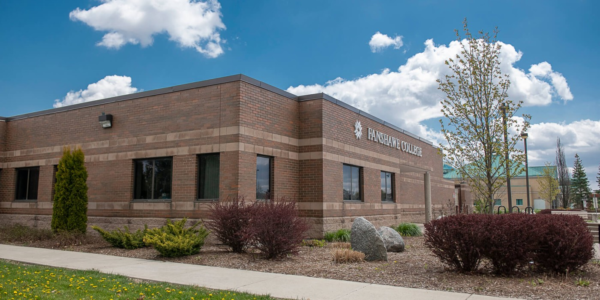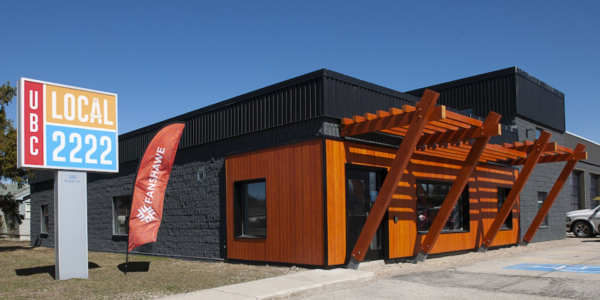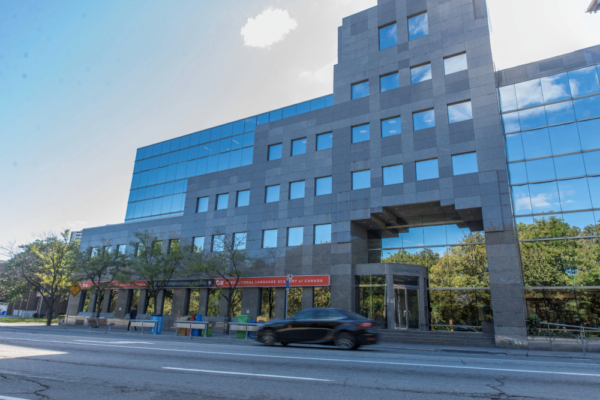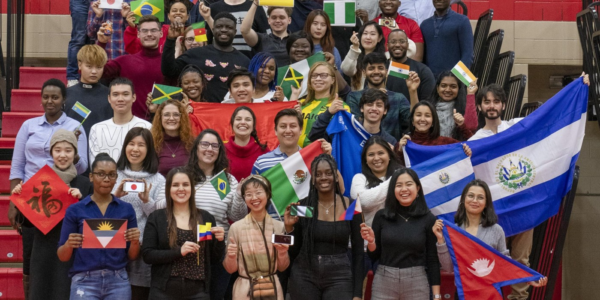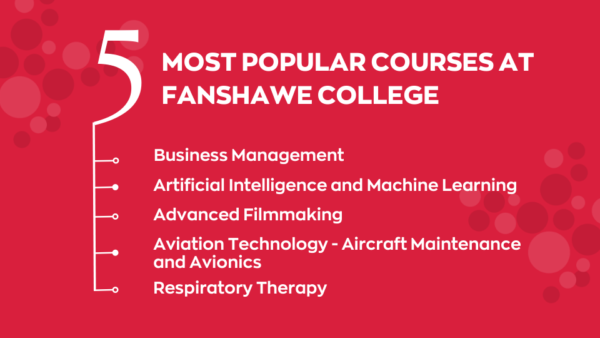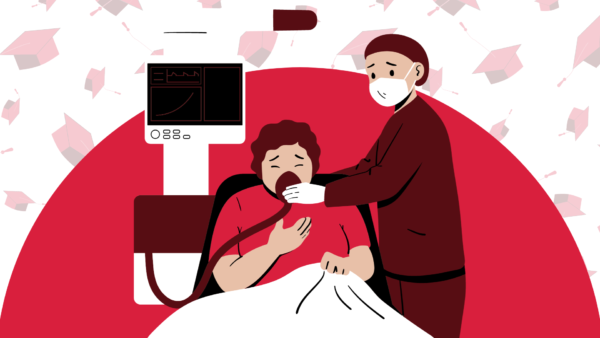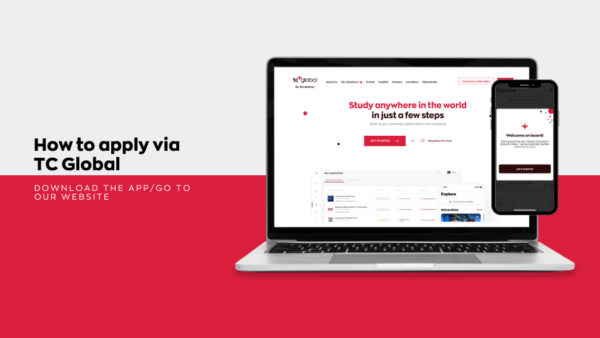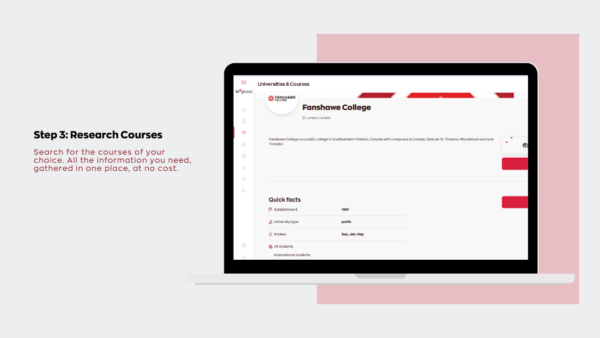Set up in 1967, Fanshawe College grew out of the Ontario Vocational Centre (OVC) that was founded in London, Ontario. The name of the college has its origins in Old English, meaning “a temple in the woods”. Since its establishment as a college, it has been absorbed into the Ontario provincial system of colleges of applied arts and technology.

In the last 50+ years, the college has grown to encompass 15 academic schools, about half a million students coming in each year and an acceptance rate of around 60%. The college also set up its Centre for Research and Innovation in the last decade.
This is the body that links the Fanshawe student and faculty researchers with industry, business and community partners. The goal of this organisation is to develop research and innovation projects and programs (especially for small and medium-sized enterprises [SMEs]), and serves as the college’s liaison to external funders.
To use their own words, the vision of Fanshawe is “Unlocking Potential” and, in order to work towards it, they have made it their mission to “provide pathways to success, an exceptional learning experience and a global outlook to meet student and employer needs.”
Built on the values of student-centric education, community involvement, wise utilisation of resources, embracing change and engagement with one another, Fanshawe has established itself as one of the leading post-secondary institutions, giving its students a competitive advantage in today’s global economy. It is ranked 91 by Webometrics.
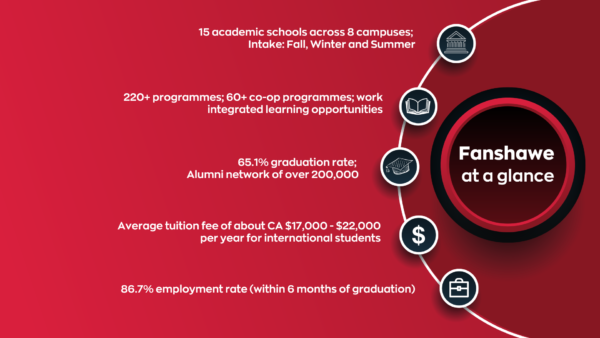
Faculties and Courses
You can access the complete list of programmes here at www.fanshawec.ca.
The following are the schools under which all Fanshawe courses are offered.
- Donald J. Smith School of Building Technology
- Lawrence Kinlin School of Business
- Norton Wolf School of Aviation and Aerospace Technology
- School of Applied Science and Technology
- School of Community Studies
- School of Contemporary Media
- School of Design
- School of Digital and Performing Arts
- School of Health Sciences
- School of Information Technology
- School of Language and Liberal Studies
- School of Nursing
- School of Public Safety
- School of Tourism, Hospitality and Culinary Arts
- School of Transportation Technology and Apprenticeship
In addition, you also have the Centre for Research and Innovation and the English Language Institute that offers English for Academic Purposes (EAP) for beginners / international students. Western University and Brescia, Huron and King’s University College accept Fanshawe College’s EAP programme as their entrance standard for proof of English language proficiency.
Within the above-mentioned list of disciplines, you can earn one or more of the following credentials.
| S.No |
Name of the Credential |
What is it |
Transfer Options |
Typical Duration |
When can you apply |
| 1 |
Honours Degree |
An undergrad degree |
Can join the workforce or proceed to do a master’s level programme |
3-4 years |
After OSSD/ Class XII or equivalent |
| 2 |
Ontario College Diploma and Advanced Diploma |
Preparation for entry-level employment or an undergrad degree |
Can either enter the workforce at the entry level or use it as a pathway for a bachelor’s programme. |
2 – 3 years |
After OSSD/ Class XII or equivalent |
| 3 |
Ontario College Graduate Certificate |
Postgraduate diploma courses for specialisation |
Can enter the workforce at a higher level or transfer to a master’s programme. |
8 months – 1 year |
After bachelor’s degree or postgraduate degree for up-skilling
|
| 4 |
Certificate Programs |
Short courses to explore an industry or a career direction |
These credits do not transfer. They are additional professional certifications that can be done either at the introductory or at an up-skilling level. |
1 year |
After OSSD/ Class XII or equivalent |
| 5 |
Microcredential |
Short courses for upskilling/ reskilling/ boosting your CV |
These credits do not transfer. They are meant for boosting your resume and skills. |
4 – 6 weeks |
At any point |
Fanshawe Pathways
Over 100 of these programmes also work as pathways wherein you can transfer Fanshawe credits at the bachelor’s or master’s level. Partner universities include
- 1. Athabasca University,
- 2. Atlantic Technological University (Ireland),
- 3. Brescia University College,
- 4. Brest Business School (France),
- 5. Brock university,
- 6. Capilano University,
- 7. Cesar Ritz Colleges (Switzerland),
- 8. CESINE Centro Universitario (Spain),
- 9. Culinary Arts Academy (Switzerland),
- 10. Dalhousie University,
- 11. Davenport University (U.S.A),
- 12. Griffith University (Australia),
- 13. Humber College,
- 14. Huron College,
- 15.IMI – International Culinary Institute (Switzerland),
- 16. JAMK University of Applied Sciences (Finland),
- 17. King’s College,
- 18. Lakehead University,
- 19. Laurentian University,
- 20. Manchester Metropolitan University (U.K.),
- 21. McMaster University,
- 22. Munster Technological University (Ireland),
- 23. Niagara University,
- 24. Ontario Tech University,
- 25. Robert Gordon University (Scotland),
- 26. Ryerson University,
- 27. Seneca College,
- 28. South East Technological University (Ireland),
- 29. Western University and
- 30. York University
Here’s what a student has to say about Fanshawe’s pathway programmes.
Miyada Himmat
Pathway: Fanshawe Chemical Laboratory Technology – Science Laboratory → Honors Bachelor’s Degree in Medical Biotechnology at IT Sligo in Ireland (entry to fourth and final year).
“… It [has] opened up my world to more possibilities with respect to career opportunities. Plus, there is the added bonus of being in Ireland! Fanshawe has a lot to offer students with respect to pursuing a meaningful career in whatever path one chooses. It is important to work on developing a social network with individuals within the career you are interested in pursuing, it is just as important as maintaining good grades in your program. Professors and advisors are a great resource to have for advice on how to develop a well-rounded social network and education during your time at Fanshawe. Do not be afraid to ask them any questions you may have [about different pathway opportunities].”
Source: Fanshawe Pathway Spotlight
